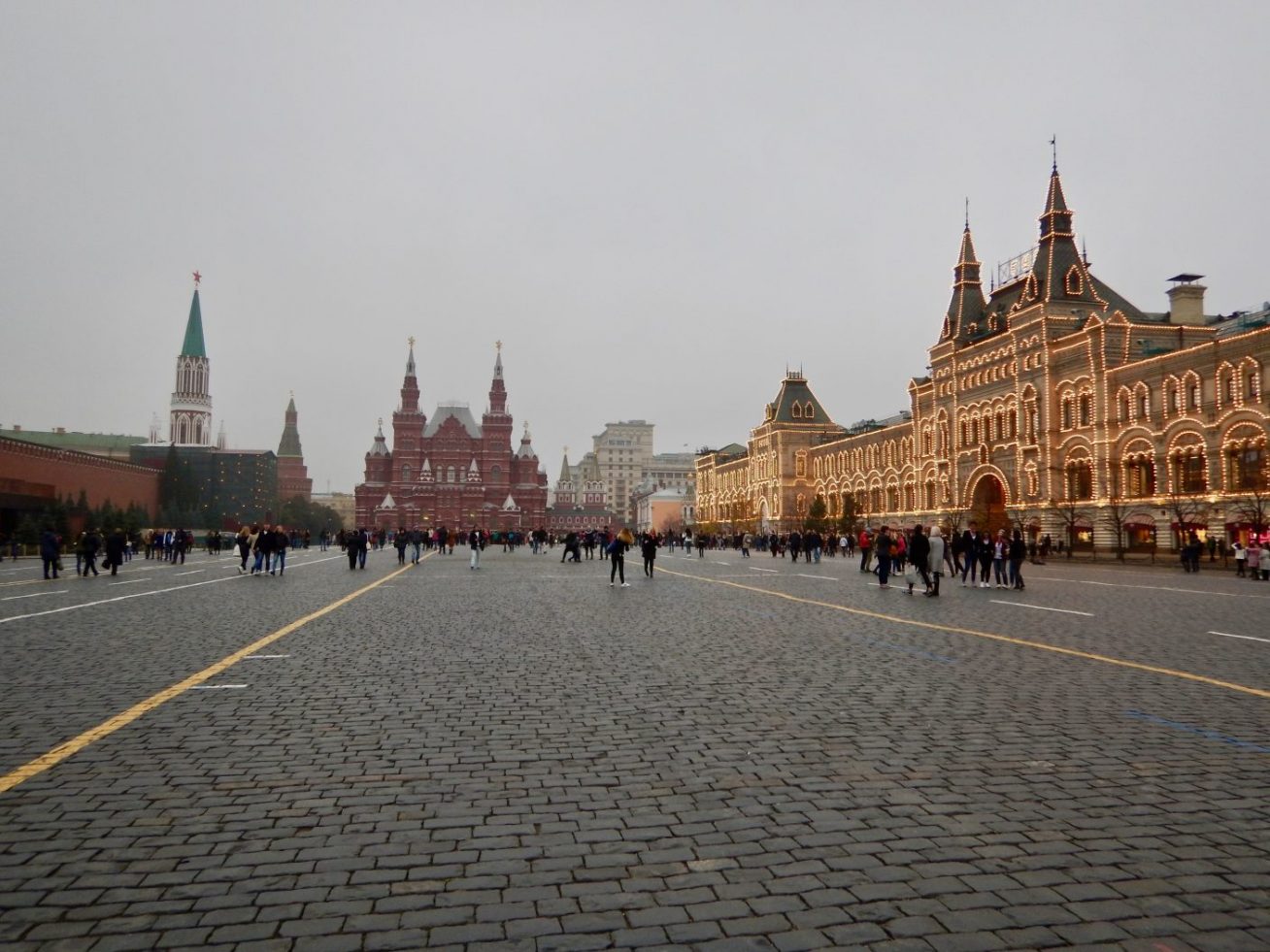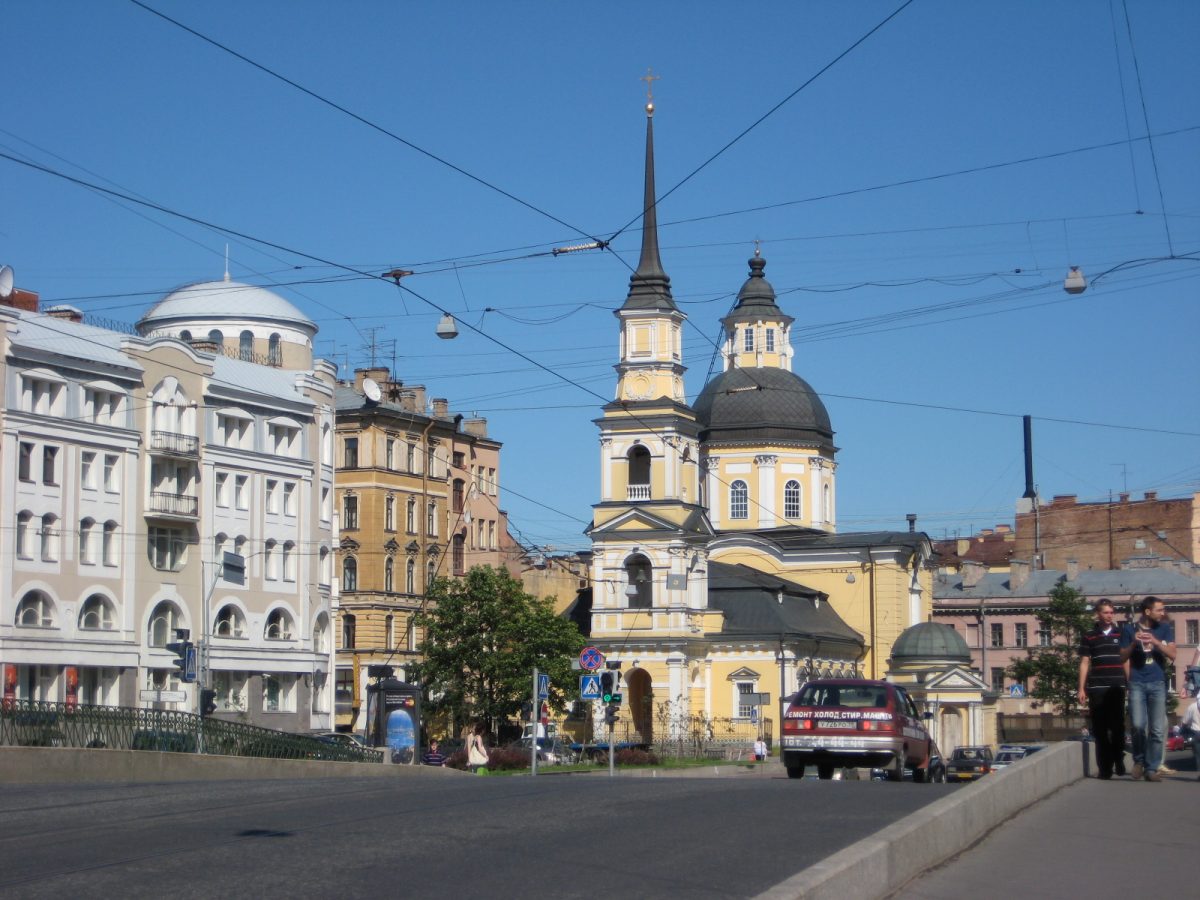Which are the largest cities in Russia ?
1. Moscow
2. Saint-Peterburg
3. Novosibirsk
4. Yekateringburg
5. Nizhny Novgorod
6. Kazan
7. Chelyabinsk
8. Omsk
9. Samara
10.Rostov
The ten largest cities in Russia
Russia is the largest country in the world, a country that has lived an extraordinary history. From the Middle Ages to the experience of communism during three-quarters of the 20th century. Zoom on the ten largest cities in Russia, which are all millionaire cities in terms of population.
1. Moscow, the Russian capital

12,330,126 inhabitants (2016 estimate), i.e. a density of 4,910 inhabitants per km². And it is estimated that the city is home to nearly 9% of the country’s population. Note that with its suburbs, Moscow has a population of nearly 20 million people.
The capital of Russia, Moscow, is the most populous city in the country but also the most populous in Europe. It is located in the European part of the Russian Federation.
Moscow is the political, economic, and academic capital of the country. The city was founded in 1147.
The Mayor of the city is now Sergey Sobyanin. He replaced the sulfurous Mayor Yuri Luzhkov and Vladimir Ressine.
Here are some exclusive photographs of Moscow at night.
2. Saint Petersburg, the soul of Russia

In St. Petersburg, there are precisely 5,225,690 inhabitants (2016). The area of the city is vast, as it is nearly 1,439 km².
Find out the ten things to do in St. Petersburg. Nevsky Prospekt, Marinsky Theater, Peterhof Palace…
St. Petersburg, the former capital of Russia, once called Leningrad, remains today the country’s cultural capital. Besides, the main activity in the city is tourism. It should be noted an intense port activity since Saint-Petersburg is one of the main gateways for goods from all over the world.
Pierre Legrand founded the city on May 27, 1703. Saint-Petersburg is an eternal and timeless city.
3. Novosibirsk, one of the largest cities in Russia

There are 1,584,138 inhabitants in Novosibirsk. (Estimated 2016)
This town is a little over a century old. It was founded in 1893 near the bridge of the Trans-Siberian railway crossing the Ob. Novosibirsk has had the status of a city since 1903. It is also the “new” capital of Siberia. Because during the Tsar’s time, the most crucial town in Western Siberia was Tomsk.
Novosibirsk is also a city where Siberians emigrate to find work, study, or to succeed.
The old name of the city is Novonikolaievsk (from 1893 to 1925). The city is located in the southwestern part of the Siberian Federal District. Novosibirsk’s city is located just above the three borders: Chinese, Mongolian, and Kazakh border.
The climate is strongly continental with very harsh winters that can reach -40 degrees. Summers are hot and humid with sometimes weighty rainfall.
The river Ob crosses the city in two. The Ob is immense. It is one of the largest rivers in the world.
To note the construction of a university city to thirty kilometers in the east of the town, Akademgorodok, the academicians’ city.
4. Ekaterinburg
There are 1,444,439 inhabitants in Ekaterinburg. (2016) The city is located at an altitude of 237 meters above sea level and covers 490 km². The population density is almost 3,000 inhabitants per km².
This city is considered to be the capital of the Urals. The Urals is an area of medium mountains which delimits Siberia from the European continental shelf. Ekaterinburg is crossed by the river Isset.
The city is the administrative capital of the Sverdlovsk Region and was founded in 1723 by Vasily Tatyshchev. The city was named Sverdlovsk between 1924 and 1991.
Ekaterinburg has a continental climate and a wide range of temperatures (freezing in winter and very hot in summer). Snow covers the ground, on average, 166 days a year (usually from mid-October to mid-April).
Unusual: the famous swimmer Alexandr Popov (born in 1971), and the figure skating champion Yulia Lipnitskaia (born in 1998), both come from the city.
Sadly, in this city, the Romanov family (parents and children) were murdered during the Russian revolution of 1917.
5. Nizhny Novgorod, a big city near the capital
Nizhny Novgorod is a charming city of 1,267,760 inhabitants (2015). It extends over 466 km², with a density of 2720 inhabitants per km².
Located about 400 kilometers east of Moscow, it is a Russian province, which is part of the Volga-Viatka region. From 1932 to 1990 (during the Soviet period), the town was known by the name of Gorky – in homage to the writer Maxim Gorky.
The city of Nizhny Novgorod was founded in 1221. And the city remains today a political, economic, and cultural center of Russia. The town is located at the confluence of the Oka and Volga rivers. The Trans-Siberian Railway passes through Ekaterinburg, so this factor is not unrelated to the city’s development.
6. Kazan
Kazan is the capital of Tatarstan. This city is halfway between Moscow and the Urals, with a population of 1,216,965 inhabitants in 2016.
The city is located at an altitude of 116 meters above sea level and covers about 452 square kilometers. It is an ancient city founded in 1005 and has had a town’s status since the end of the 14th century. The capital of Tatarstan is located 720 kilometers east of the capital of Moscow.
Kazan means cauldron. It is the most important Muslim religious center in Russia. It is also the cultural center and capital of the Tatar people. The Kazanka River borders the city.
In the time of the USSR, Kazan had a symbolic role because Lenin studied in Kazan. The University of Kazan is also one of the oldest in Russia. Tolstoy also studied there.
7. Chelyabinsk
The city, which ranks seventh among the largest cities in Russia, had 1,192,036 inhabitants in 2016. The city is the administrative capital of the eponymous region.
The city is located at an altitude of 200 meters and covers an area of 530 km². The average population density is 2,249 inhabitants per km².
The foundation of the city dates back to 1736. (and officially since 1787). The city is located 1,500 kilometers from Moscow and is close to Kazakhstan. The town is crossed by the river Miass.
8. Omsk, Western Siberia
The city of Omsk has 1,178,100 inhabitants in 2016. The city is located in Western Siberia.
The city is located 2,555 kilometers from Moscow, on the Siberian plateau at 82 meters. Its area is 572.9 km², which brings its density to 2056 inhabitants per km².
The foundation of the city dates back to 1716 (Omsk officially became a city in 1782).
The city owes its development initially to the armament industry. In the middle of the 20th century, it is thanks to petrochemicals that the town experienced an even greater boom.
The climate of the city is characterized by a dry continental climate and rapid weather changes depending on the wind direction.
The hottest temperature was 40.4 degrees in July 1940.
The coldest temperature record was February 1931, with -45.5 degrees Celcius. The coldest record in Russia is in Oimiakon. There is an average of 117 days with snow and 97 days with rain, and 23 days with thunderstorms.
The thermal amplitude of the city is, therefore, theoretically 80 degrees—quite a record.
9. Samara, one of the largest cities in Russia
The city of Samara thus occupies ninth place in the ranking with 1,170,910 inhabitants in 2016. With its agglomeration, Samara gathers a community of 2.5 million inhabitants. The city is part of the Volga Federal District. It is located 860 kilometers southeast of Moscow.
The city was named Kuibychev, between 1935 and 1991. The creation of the town dates back to 1586, and Samara officially became a city in 1688.
The city covers an area of 466 km². And the density is 2,513 inhabitants per km².
Essential, the city of Samara is a crucial port located along the Volga River. Nota bene: the Volga is the longest river in Europe.
10. Rostov on the Don River in Southern Russia
Located in the South of Russia, on the Black Sea coast. Rostov on the Don counts 1 119 875 inhabitants in 2016.
The city is located at an altitude of 130 meters and covers an area of 350 kilometers. Its foundation dates back to 1749, and it has been a city since 1807.
Rostov on the Don is 958 kilometers from Moscow and 50 kilometers from the Sea of Azov. The Don River borders the city of Rostov.
Rostov on the Don has a temperate continental climate. The winter is relatively cold, and the summer is quite warm. The lowest temperature ever recorded in Rostov is -31.0 degrees Celcius, and the highest temperature is 40.1 degrees – record from August 2010.
Photo credits: Night Stopover